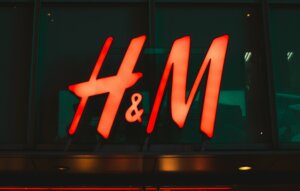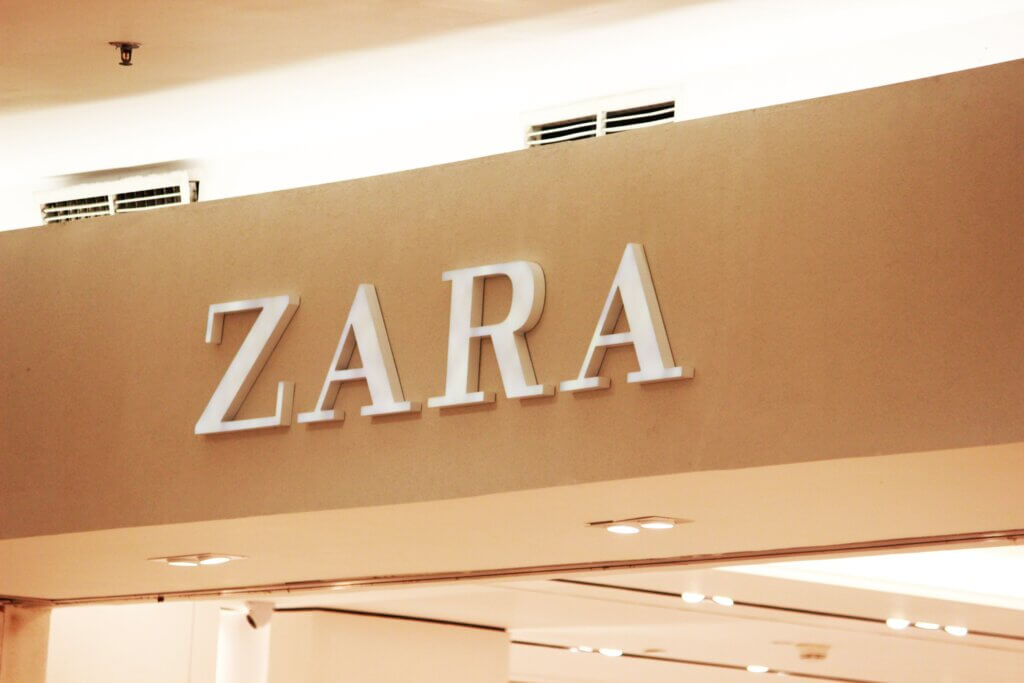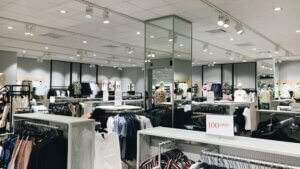While theAlliance du Commerce is delighted with the results for summer 2022, it also points to the uncertain climate in the second half of the year. Brands and retailers have to cope with rising energy, production and operating costs, as well as inflation. And on the health front, the authorities have announced that they expect an 8th wave of covid-19 in the autumn.
Faced with these challenges, it's interesting to look at two major market players, H&M and Zara, and compare their very different strategies.
Opportunism as a starting point
What the two brands have in common is that their founders seized opportunities.
As far as H&M is concerned, Erling Persson set up the first store in Sweden in 1947, based on a concept imported from the USA; it was a large store selling "women's" clothes (Hennes) at low prices. 19 years later, he bought out a menswear stock called Mauritz.
Amancio Ortega Gaona started out in business with a lingerie boutique in 1963. He opened the first Zara store in 1975 to sell off overstocks resulting from a customer's cancellation of a large order.
In 1990, Erling's son Stefan Persson becomes CEO. In 1992, H&M opened its first store in Belgium. On February 25, 1998, H&M opened its first store in France. It was an immediate success, and the brand opened 11 outlets in 18 months.
Zara opened its first store outside Spain in Porto in 1988. New York and Paris followed in 1989 and 1990.
Very different global strategies

H&M uses masstige marketing (mass market + prestige) to reach its customers. The brand offers a wide range of clothing that appeals to a broad cross-section of the population.
To boost sales, it can team up with top designers in high-profile partnerships.
The company's fundamentals are :
- In-house designers create the collections
- 800 suppliers worldwide
- High-performance logistics
- A strong corporate culture that encourages internal promotion
- Major investments in communication (4% of sales)
- A highly developed CSR strategy, thanks to the use of organic cotton, the provision of containers for the collection of old clothes sent to associations or for recycling, the recycling or donation of unsold items, and the use of low-energy light bulbs in stores.
- An exclusive distribution strategy: exclusive sales are granted to a point of sale belonging to the brand in a given geographical area.

Zara belongs to the Inditex group, leader in the textile market.
The brand concept is based on a few golden rules:
- Sticking to catwalk trends
- Spark customer desire with flash and limited collections: no item stays in the store for more than four weeks, and each item is produced only 10 to 15,000 times.
- Be in tune with customer desires, thanks to feedback from the field on what is selling and what isn't: if an item doesn't sell well in the first week, it is withdrawn from sale and replaced by a new one.
- No massive investment in advertising (0.3% of sales): no media stunts, Zara uses its identical shop windows everywhere to communicate its brand image.
- High degree of centralization: almost all phases of product development are managed by the parent company (50% of products are manufactured in Spain, 26% in the rest of Europe and 24% in the rest of the world).
Strengths and weaknesses

These two brands with very different strategies have their own strengths and weaknesses .
H&M has no production plant of its own, and is therefore dependent on a large number of suppliers. It takes an average of 3 months to bring a product to market, and depending on the factory, quality can be considered average. However, profitability seems to be better.
Since Zara centralizes its manufacturing in Galicia, lead times to stores are very short: new products are designed and dispatched within 4 to 5 weeks. The high turnover of collections enables the brand to adapt its offer in record time: each year, around 11,000 different items are produced, compared with 2 to 4,000 for H&M. This means that there is no accumulation of items that don't sell.
On the other hand, Zara is taking a huge risk by having only one manufacturing center. The highly Eurocentric model leads to saturation of stores in Europe, where outlet costs are sometimes higher than revenues. Added to this is the exchange rate, which makes prices outside the euro zone very unattractive, if not ill-suited to the local market.
In a market that is undergoing rapid change, it will be important to determine which brand is best able to meet these demands: H&M, which is highly decentralized in its production, heavily invested in a CSR approach and communicates a great deal, or Zara, with its ultra-centralized, European model, emphasizing word-of-mouth and speed of execution?
------
Sources :
- Entreprendre - H&M: deciphering a successful strategy
- Marketing-etudiant.fr - H&M and marketing
- Etudes-et-analyses.com - H&M's operational marketing (the 4Ps)
- Le monde de Zara - Zara's strategies
- Republik-retail.fr - Clothing market: summer 2022 on a rollercoaster ride

